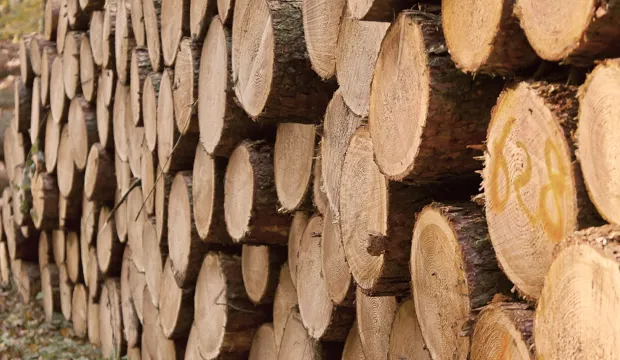
How to calculate density
Finding the density of materials by weighing items and immersing them in water
What is density? Simply put, If two things are the same size, the one that is more dense is heavier. You can calculate the density of an object by dividing its mass by its volume. The units of density are g/cm³.
In this activity students will learn how to calculate the density of an object in a fun and practical way. Learners will have an opportunity to weigh a variety of objects and work out the volume of them. They will use this information and their number skills to calculate the density. They will then repeat this for other objects and discuss their results as a class.
Download the free How to calculate density activity sheet below!
All activity sheets and supporting resources are free to download, and all the documents are fully editable, so you can tailor them to your students’ and your schools’ needs.
The activity sheet includes teacher notes, guidance, useful web links, and links (where appropriate) to the national curriculum in each of the four devolved UK nations; England, Northern Ireland, Scotland and Wales.
Please share your classroom learning highlights with us @IETeducation.





